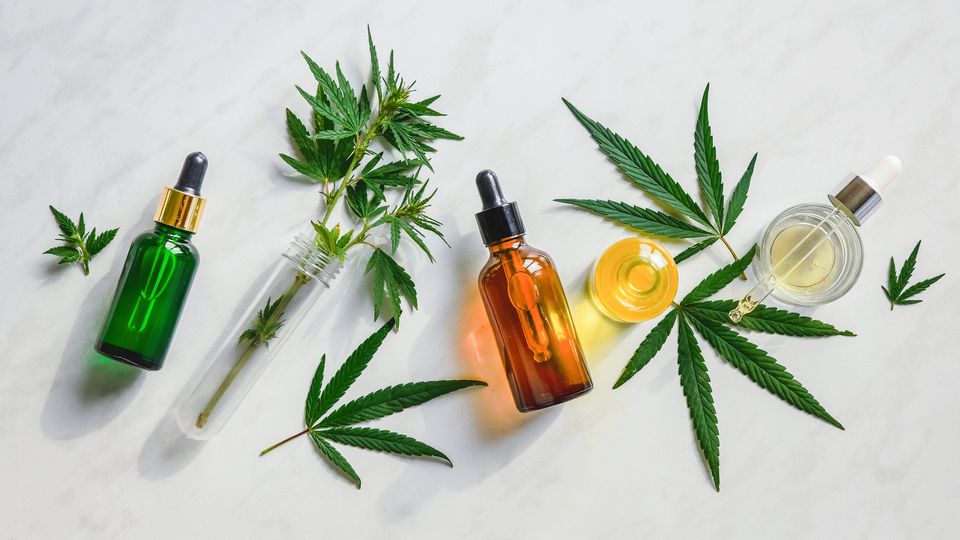Cannabis has come a long way from being an illicit substance to gaining recognition for its therapeutic potential and becoming legalized in various parts of the world. One of the critical aspects of utilizing cannabis for medicinal or recreational purposes is the process of extraction. Dabwoods Disposable extraction involves transforming the plant’s compounds into concentrated forms, making it easier to incorporate into various products like oils, edibles, and topicals. In this blog, we will explore the science behind cannabis extraction, from the plant itself to the final product.
The Cannabis Plant
Before delving into the extraction process, it’s essential to understand the cannabis plant’s composition. Cannabis contains hundreds of compounds, but two primary ones dominate the conversation: cannabinoids and terpenes.
- Cannabinoids: These are chemical compounds found in cannabis, with delta-9-tetrahydrocannabinol (THC) and cannabidiol (CBD) being the most well-known. THC is responsible for the psychoactive effects of cannabis, while CBD is non-psychoactive and has various potential therapeutic benefits.
- Terpenes: These are aromatic compounds found in various plants, including cannabis. Terpenes contribute to the plant’s flavor and aroma and may also have therapeutic effects. The combination of cannabinoids and terpenes creates the unique characteristics of different cannabis strains.
Extraction Methods
Cannabis extraction involves separating the desired compounds, primarily cannabinoids and terpenes, from the plant material. There are several extraction methods, each with its advantages and disadvantages. Let’s explore a few common ones:
- Solvent-Based Extraction: This method uses solvents like ethanol, butane, or CO2 to dissolve the cannabinoids and terpenes. After extraction, the solvent is typically evaporated, leaving behind a concentrated cannabis extract. CO2 extraction, in particular, is popular for its precision and ability to maintain terpene profiles.
- Olive Oil Extraction: This is a simple and safe method where cannabis is heated in olive oil, allowing the cannabinoids to bind with the fat in the oil. The resulting product is suitable for edibles and topicals but less concentrated than other methods.
- Rosin Pressing: Rosin pressing involves using heat and pressure to squeeze the essential oils out of the cannabis plant material. It’s a solventless method that’s gaining popularity for its simplicity and purity.
- Hydrocarbon Extraction: This method uses hydrocarbons like butane or propane to extract cannabinoids and terpenes. It’s highly efficient but requires careful handling due to the flammability of the solvents.
The Science Behind Extraction
Regardless of the method used, the science behind cannabis extraction involves a few key principles:
- Selective Solubility: Different compounds in cannabis have varying solubilities in different solvents. The choice of solvent and extraction conditions is critical to selectively dissolve the target compounds while leaving unwanted components behind.
- Temperature Control: Temperature plays a crucial role in extraction. Controlling temperature helps preserve the delicate terpenes and cannabinoids. Some compounds may degrade or evaporate if exposed to high temperatures.
- Pressure Control: In methods like CO2 extraction, pressure is used to manipulate the solubility of compounds. High pressure can increase the solubility of certain cannabinoids, allowing for selective extraction.
- Purity and Safety: Ensuring the final product’s purity and safety is paramount. Proper purging and testing are essential to remove any residual solvents or impurities that may pose health risks.
The Final Product
Once the extraction process is complete, the concentrated cannabis extract can be used to create a wide range of products, including:
- Cannabis Oils: These are commonly used for vaping, sublingual application, or as ingredients in edibles and topicals. Different ratios of THC and CBD can be achieved through precise extraction.
- Edibles: Cannabis extracts can be infused into food products, providing an alternative consumption method for those who prefer not to smoke or vape.
- Topicals: Cannabis-infused creams, lotions, and balms are applied directly to the skin and are believed to have localized therapeutic effects.
- Tinctures: Alcohol-based cannabis extracts are often used as tinctures, allowing for easy sublingual application.
Conclusion
The science of cannabis extraction is a fascinating and evolving field that bridges chemistry, biology, and technology. As cannabis continues to gain acceptance for its medicinal and recreational potential, advancements in extraction techniques and our understanding of the plant’s compounds will lead to more effective and diverse cannabis products. However, it’s essential to remember that while cannabis extraction offers numerous possibilities, safety, consistency, and responsible use should always be at the forefront of this growing industry.
